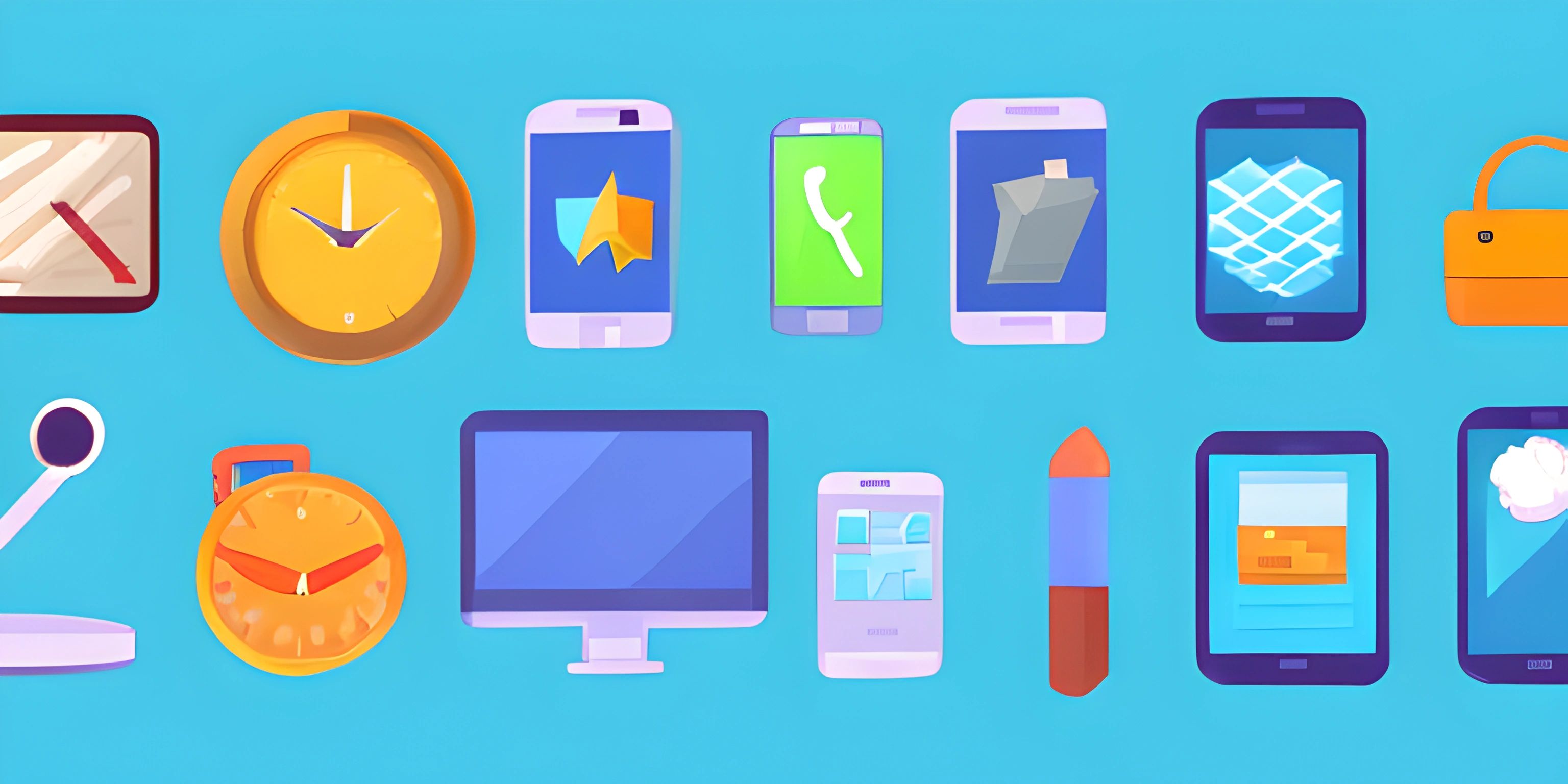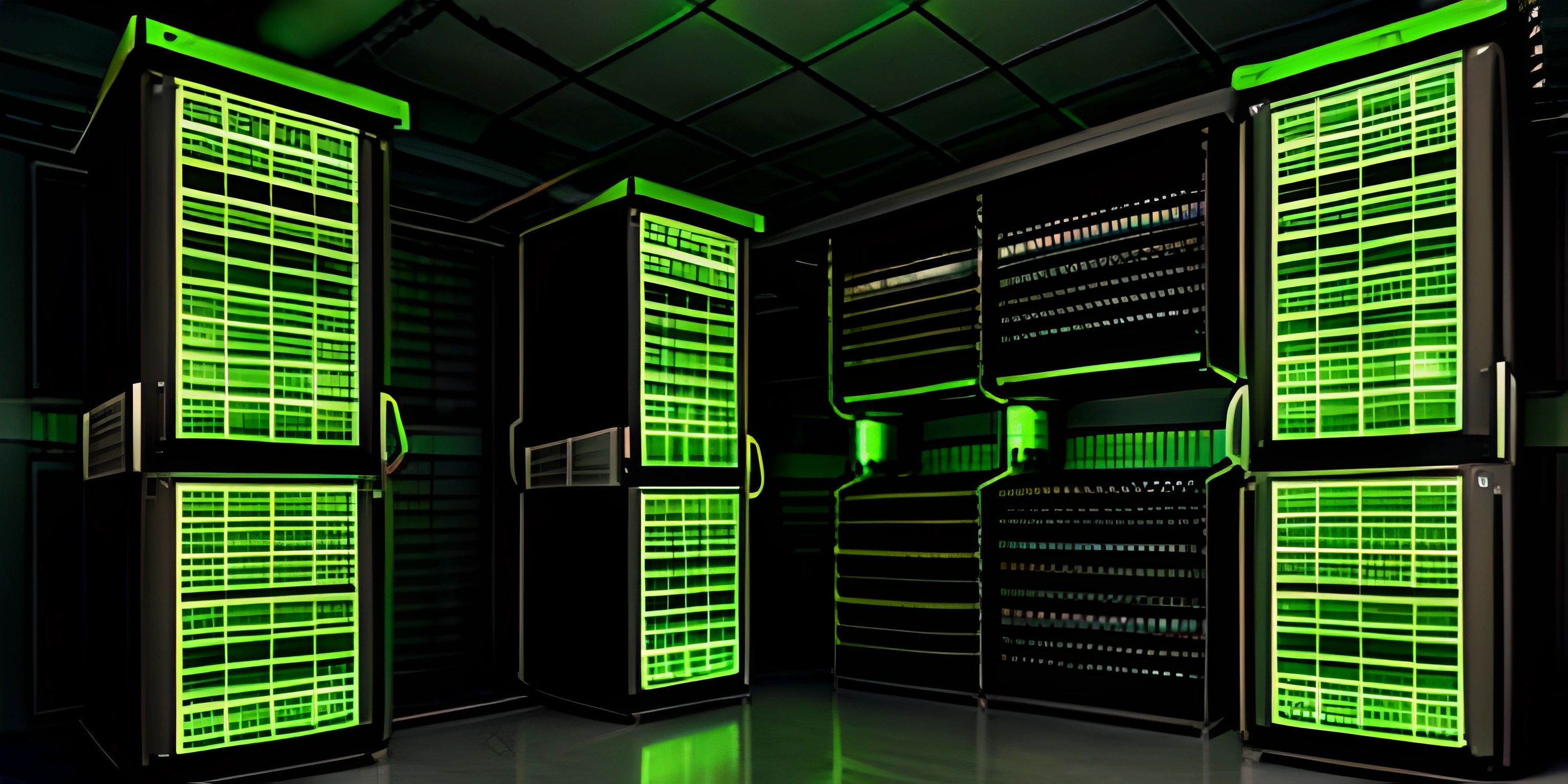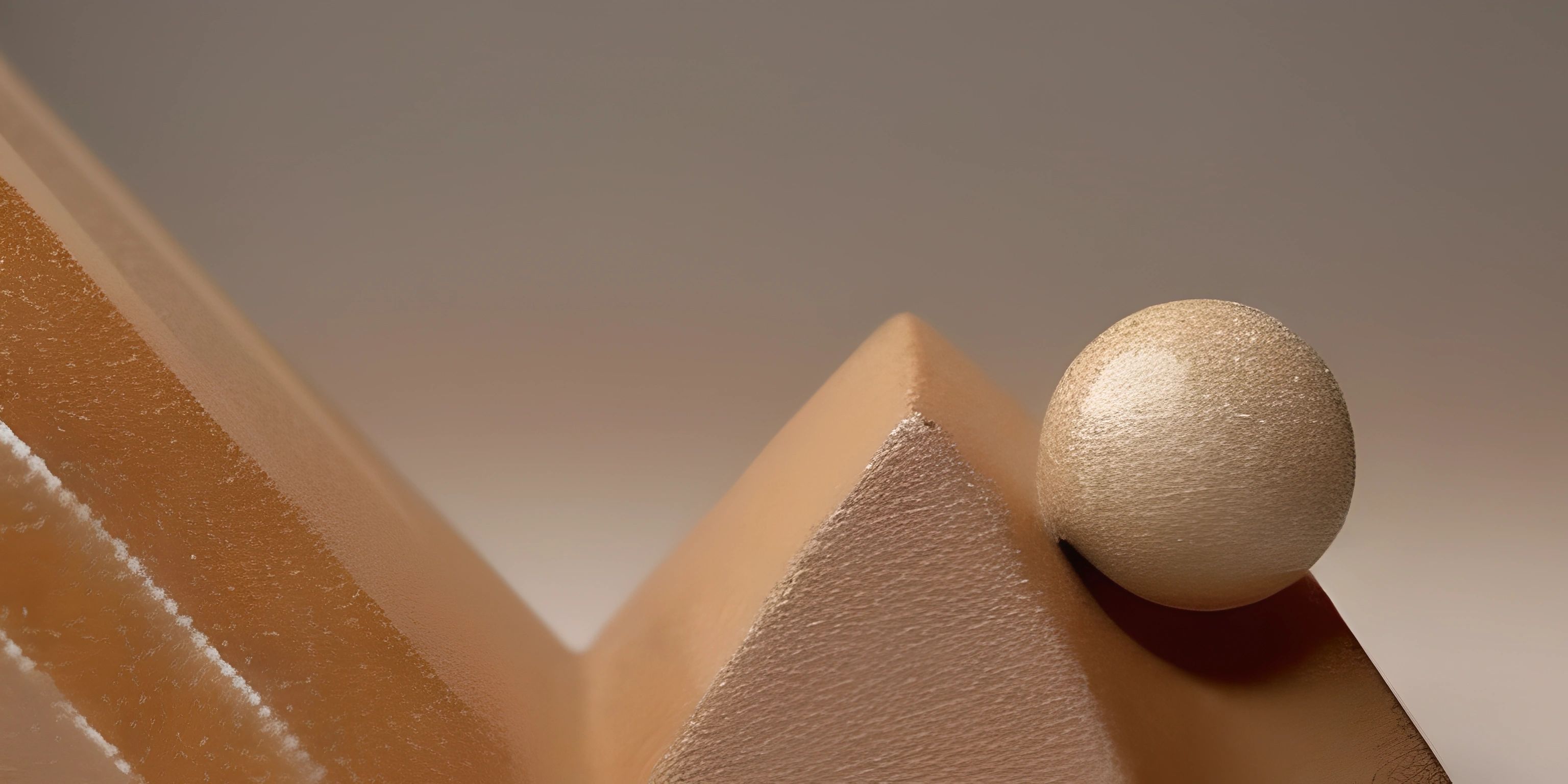What is a Program?

Note: this page has been created with the use of AI. Please take caution, and note that the content of this page does not necessarily reflect the opinion of Cratecode.
A program is a set of instructions that tell a computer or device to perform specific tasks. Simply put, it's a series of steps that a computer can understand and execute to accomplish a particular goal. In this digital era, programs are essential for everything from simple tasks like displaying the time on your phone to complex processes like running entire operating systems.
The Importance of Programs
At the core of any device or computer system, it's the programs that give them their power and functionality. Programs are the driving force behind applications, games, and even the websites we browse daily. They are a critical component of modern life, as they enable us to interact with technology efficiently and effectively.
Here are some reasons why programs are important:
-
Automation: Programs can automate repetitive tasks, making our lives easier and saving us time.
-
Problem-solving: Programs can be designed to solve complex problems in various domains, from scientific research to business operations.
-
Communication: Programs facilitate communication between users or different devices, allowing for seamless data transmission and collaboration.
-
Entertainment: Programs are responsible for creating captivating games and multimedia experiences that keep us engaged and entertained.
How Programs Are Made
Creating a program involves multiple steps, including designing, coding, and testing. Let's dive into each of these steps to get a better understanding of how programs are made.
Design
Before writing any code, it's crucial to plan and design the program. This phase typically involves defining the program's goals, identifying its target users, and determining the necessary features and functionality. Designing a program might also involve sketching flowcharts or making pseudocode to outline the program's logic and structure.
Coding
Once the design is complete, the next step is to write the code. Programmers use programming languages like Python, Java, or C++ to create the program. Each language has its own syntax and rules, but they all share common concepts like variables, functions, and control flow.
Testing
After writing the code, it's time to test the program. This step involves checking for errors and ensuring that the program works as intended. Testing might include running the program with different inputs and conditions, and fixing any issues that arise. Once the program has been thoroughly tested and deemed ready, it can be released to its intended users.
Hey there! Want to learn more? Cratecode is an online learning platform that lets you forge your own path. Click here to check out a lesson: What Programming Means (psst, it's free!).
FAQ
What is a program?
A program is a set of instructions that tell a computer or device to perform specific tasks. It is a series of steps that a computer can understand and execute to accomplish a particular goal.
Why are programs important?
Programs are important because they give power and functionality to devices and computer systems. They enable automation, problem-solving, communication, and entertainment in various aspects of modern life.
How are programs made?
Creating a program involves multiple steps, including designing, coding, and testing. Programmers use programming languages to write the code and then test the program to ensure it works as intended before releasing it to its intended users.





